Targeting histone acetylation dynamics and oncogenic transcription by catalytic P300/CBP inhibition
- PMID: 34019788
- PMCID: PMC8183601
- DOI: 10.1016/j.molcel.2021.04.015
Targeting histone acetylation dynamics and oncogenic transcription by catalytic P300/CBP inhibition
Abstract
To separate causal effects of histone acetylation on chromatin accessibility and transcriptional output, we used integrated epigenomic and transcriptomic analyses following acute inhibition of major cellular lysine acetyltransferases P300 and CBP in hematological malignancies. We found that catalytic P300/CBP inhibition dynamically perturbs steady-state acetylation kinetics and suppresses oncogenic transcriptional networks in the absence of changes to chromatin accessibility. CRISPR-Cas9 screening identified NCOR1 and HDAC3 transcriptional co-repressors as the principal antagonists of P300/CBP by counteracting acetylation turnover kinetics. Finally, deacetylation of H3K27 provides nucleation sites for reciprocal methylation switching, a feature that can be exploited therapeutically by concomitant KDM6A and P300/CBP inhibition. Overall, this study indicates that the steady-state histone acetylation-methylation equilibrium functions as a molecular rheostat governing cellular transcription that is amenable to therapeutic exploitation as an anti-cancer regimen.
Keywords: H3K27ac; P300/CBP; cancer; chromatin biology; epigenetics; histone acetylation; histone deacetylase; histone methylation; lysine acetylation; transcription.
Crown Copyright © 2021. Published by Elsevier Inc. All rights reserved.
Conflict of interest statement
Declaration of interests The Johnstone laboratory receives funding support from Roche, Bristol Myers Squibb (BMS), AstraZeneca, and MecRx. R.W.J. is a shareholder in and consultant for MecRx. A.L. and K.D.B. are employees of and shareholders in AbbVie. A.S. has participated on advisory boards for and received research funding from Celgene, Juno, BMS, Janssen-Cilag, Novartis, Amgen, Haemalogix, Abbvie, and Takeda. J.S. has participated on advisory boards for and received honoraria from Celgene. O.A.-W. has served as a consultant for H3B Biomedicine, Foundation Medicine Inc., Merck, Prelude Therapeutics, and Janssen; is on the scientific advisory boards of Envisagenics Inc., Pfizer Boulder, and AIChemy Inc.; and has received prior research funding from Loxo Oncology and H3 Biomedicine. J.D.L. is a scientific adviser to the Samuel Waxman Cancer Research Foundation. All other authors declare no competing interests.
Figures

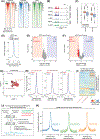
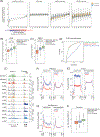
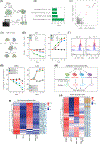
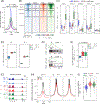
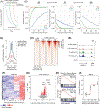
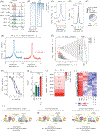
References
Publication types
MeSH terms
Substances
Grants and funding
LinkOut - more resources
Full Text Sources
Other Literature Sources
Molecular Biology Databases
Research Materials
Miscellaneous

